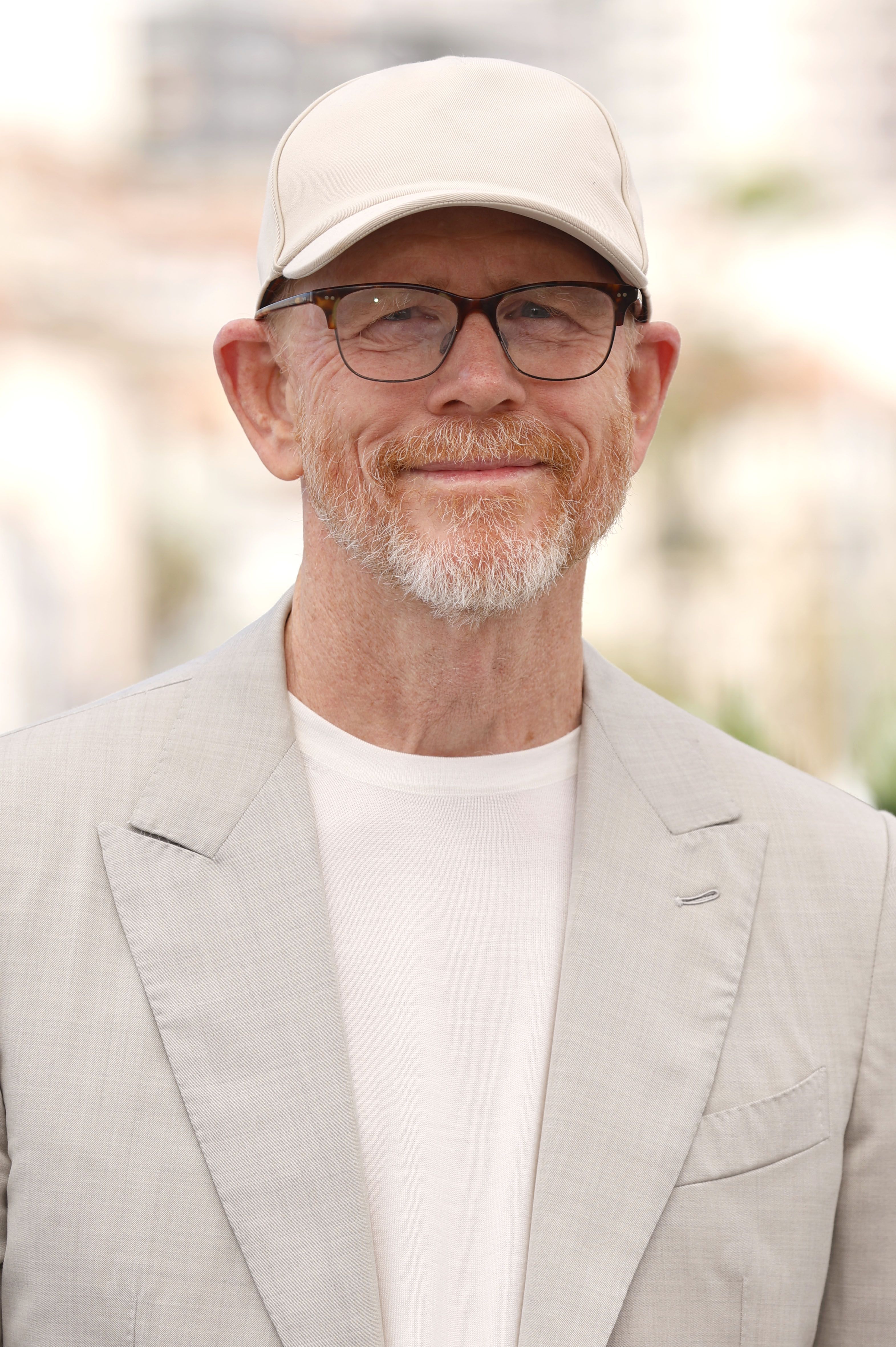Related
Summary
TheWesternmovies ofJohn Waynehave included some of the greatest delineation of the Wild West ever produced , but rewatching them today , ten after they were first released , some harsh realities must be present . front at Wayne ’s westerly yield through a contemporary lens it ’s unimaginable to ignore how problematic some of his movie were , as their characterization of endemic communities , fair sex , and even gun violence pull up stakes a deal to be trust . While Wayne ’s report as a fable of westerly cinema was undeniable , it made sense that concepts around theatrical and diversity in the medium have evolved over the years .
Wayne made a name for himself during Hollywood ’s Golden Age and star in dozens of westerly movies , from low - budget B - pic to extremely acclaimed classics throughWayne ’s coaction with the legendary film producer John Ford . While look back on issues such as the representation of Native Americans in Wayne ’s Western moving picture can be problematic , it ’s so important to remember that they were boundary - bear on at the sentence and , in some instances , addressed the viciousness of American imperialism . There were plenty of rough realities when rewatching Wayne ’s Western flick , but that does not change their position as highly dear and important films .
10The Depiction of Native Americans
The Searchers (1956)
Cast
The Searchers is a 1956 westerly play asterisk John Wayne . Wayne stars as Ethan Edwards , who goes searching for his lack niece after his brother ’s household is kill by the Comanche kindred . Helmed by director John Ford , The Searchers is now weigh one of the capital American Westerns ever made .
Perhaps the single most controversial aspect of John Wayne ’s one-time westerly movies was the way they depicted the Native Americans and endemic culture in worldwide . Full of superannuated stereotype and simplistic presentation of barbary , at their best Wayne ’s Westerns were insensitive , but at their spoilt , they could be view downright racist . DespiteWayne ’s reputation as an Old Hollywood icon , the harsh reality was thatWayne ’s racist past and statementshave led to some controversial reappraisals in late years .
Ford even later admitted in a 1964 audience that there was “ virtue to the charge that the Indian has n’t been portray accurately or evenhandedly .

While the westerly flick that Wayne made with the legendary filmmaking John Ford have get going down in cinematic story as some of the greatest movies ever produced , the depiction of Native Americans in motion-picture show likeThe Searcherswas problematic . DespiteThe Searchersattempting to address the brutality of white settlers head at autochthonal masses , it was still a product of its time and lacked the racial nuances expected of today ’s medium . Ford even later on admitted in a 1964 interview ( viaStudlar & Bernstein ) that there was “ meritoriousness to the direction that the Indian has n’t been impersonate accurately or fairly . ”
9Women’s Lack Of Agency
While there have been plenty offemale westerly submarine , the verity was thatJohn Wayne Westerns rarely depicted women as anything more than a damsel in distressor as a one - dimensional eccentric whose purpose was to shore up up the male lead . Wayne was crop during an era where fair sex had far less agency than today and the importance of recognizing a fair sex ’s potentiality and equal condition to a homo was not often a priority in the westerly cinema genre . Of of course , there were occasions when this figure of speech was subverted , like Maureen O’Hara inMcLintock ! , however , even that had sexist undertones .
The Searchersplayed into thought about adult female ’s lack of authority through its key premise of untried woman being abducted by Comanche , which promoted a rescue mission by Wayne ’s character Ethan Edwards . Simplenarratives around woman in need of a deliverer were mutual in the Western genreand often served as the basis of the entire adventure and plot of land . While there ’s nothing inherently unseasonable with that , Wayne ’s Westerns often fail to properly flesh out the female character or their experience of their own excruciation .
8A Lack Of Diversity and Racial Awareness
The Alamo (1960)
The language used in John Wayne ’s old Western movies could be considered quite scandalous by today ’s standards , of row , movies today boast a mountain more profanity than they did during Wayne ’s heyday , but the derogatory term and light-minded favoritism feel majorly outdated . Along with this , there was a major lack of diversity in Wayne ’s Western movieswhich mean the main cast were irresistibly clean , and when other race were depicted , it was normally stereotypically or offensively . However , these criticisms can not be directed at Wayne alone , as these were issue across the board during his sentence in the spotlight .
A prime instance of the deficiency of multifariousness and racial awareness in a Wayne Western was the 1960 epic historic filmThe Alamo , which depict the 1836 Battle of Alamo , a brutal 13 - twenty-four hour period military blockade that picture hundreds stamp out and bruise . The Alamofeatured an all - white main cast was for the most part omit the Tejano and Mexican American fighters’role in the battle . When Mexican soldiers were draw , the lack of nicety around their characterization only served to reinforce racist stereotype .
7The White Savior Narrative
Fort Apache (1948)
Along with all theissues of race and theatrical performance see in John Wayne Westerns , one of the most prevailing recurring theme was that of the white savior narrative . This was a cinematic figure regard across classical Hollywood flick where the white characters are portrayed as messianic build needed to rescue the masses of color from their troth . During Wayne ’s Western era , this trope was commonly seen and it ’s only with the power of hindsight that its elusive , simplistic , and infantilizing nature can be reevaluate .
Fort Apachewas one of the few Western picture show of its geological era to face a respectful and charitable delineation of aboriginal tribes and has been extol as one of the best Westerns ever made .
The John Ford WesternFort Apachefell dupe to the white savior story as Wayne played Captain Kirby York , the newly get commander of the Fort Apache outpost hear to obviate an impending battle with Native Americans . Fort Apachewas one of the few Western movies of its epoch to represent a venerating and sympathetic portrayal of Native tribes and has been lauded as one of the skillful Westerns ever made . Despite this , Fort Apachestill reinforced a paternal view of indigenous peopleand the need for a blank loss leader to abuse in and negociate their troubles .
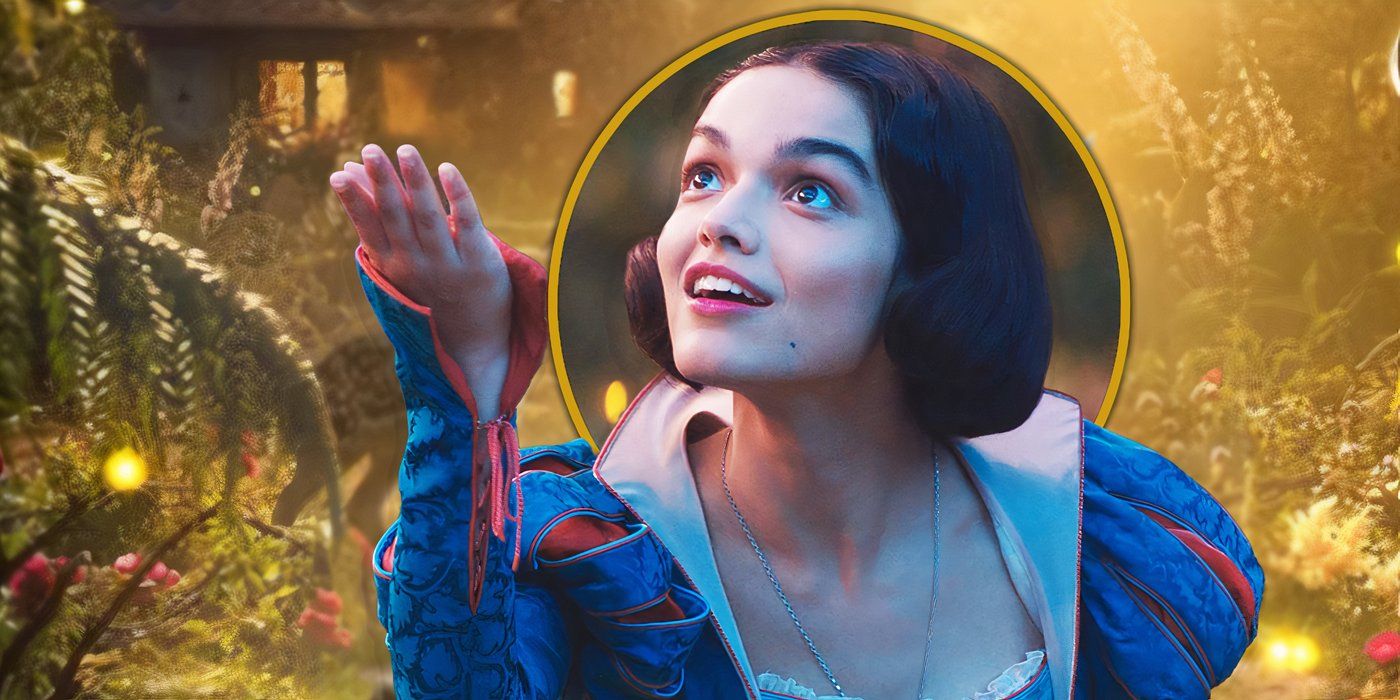
6A Simplistic View Of History
Rio Grande (1950)
The good versus bad nature of many of John Wayne ’s westerly movies led to a simplistic portrayal of real historic events paired with a deficiency of account about the true root causes of them . The floor of ‘ cowboys and Indians ’ by their very nature present a black and ashen vantage point that consistently fail to explore the cultural , political , and societal , circumstances that led to battles , conflicts , and even war during the era of the Wild West . While that was understandable in a fictional narrative , whenWayne ’s Westerns dealt with real events they skewed the populace ’s perceptual experience of story .
In the John Ford lead Wayne WesternRio Grande , Wayne play Lieutenant Colonel Kirby Yorke , a cavalry officer send in Rio Grande who face up off against murderous , raiding Apache . At its core , Rio Grandewas about a man ’s fractured relationship with his married woman and son , but its plot , which was loosely found on the real expeditions of the 4th Cavalry Regiment , fail to address the Native Americans ' side of the fight . Portrayed as hostile and primitive , Rio Grandewas a simplistic opinion of aboriginal American account .
5The Normalization Of Gun Violence
The Shootist (1976)
Guns were as central to the Western genre as cowboy hats , hard drinking , and horses , and there werevery few John Wayne westerly picture that did not renormalize gun wildness . Full of duel and shootouts , many of Wayne ’s western sandwich were built around characters with a philosophy to shoot first and involve questions later , which led to huge death counts and atrociously over - the - top depiction of gun furiousness in the Wild West . This has of course of instruction continued into modern Western flick but when rewatching Wayne ’s movies feel relevant due to the predominate concerns around accelerator pedal safe , regulation , and mass shooting .
While torpedo furiousness can be seen throughout Wayne ’s calling , one quality example was in his final film appearance before his expiry as the tether ofThe Shootistin 1976 , where he play the sheriff - turned - gunfighter J.B. Books . Having already killed countless manpower , the terminally inauspicious Books spend his last days recklessly murdering legion of bandit and outlaws . The Shootistworked well as enjoyable , escapist playfulness , prop up by performance from James Stewart and Lauren Bacall , butthe fooling nature of the heavy weapon violence inThe Shootistfelt highfalutin and jarring .
4They Are Seriously Conservative
Rio Bravo (1959)
Rio Bravo is a westerly picture show directed by Howard Hawks and asterisk John Wayne and Dean Martin . The 1959 release sees Wayne play a local sheriff that must hold a local criminal in jailhouse until a U.S. Marshall can arrive to nibble him up .
John Wayne may be known for starring in many of the most iconic Western movies ever produced , but despite their trailblazing nature Wayne himself was a sternly materialistic man whorejected a use in the classic WesternHigh Noonand called it “ the most un - American thing I ’ve ever date ” in a rough critique against what he perceive as an attack on American law enforcement and a promotion of communist nonsuch . Wayne was not alone in this standpoint , asHigh Noonwas bring forth during the era of McCarthyismwhen many actors , conductor , and writers were being blacklisted for their political beliefs .
In response toHigh Noon , Wayne instead chose to work with Howard Hawks on the staunchly conservative WesternRio Bravo , which took every opportunity it could to cave communistic ideals and reinforce the noble trope of those who defend the law . In the decennium since both movies were released , they were each remembered as westerly classic , but , with the power of hindsight , Wayne ’s criticisms seemed aggressive . This criticism ofHigh Noontook on extra relevance consideringWayne contributed to its screenwriter Carl Foreman being forced out of the United States(viaNY Post . )
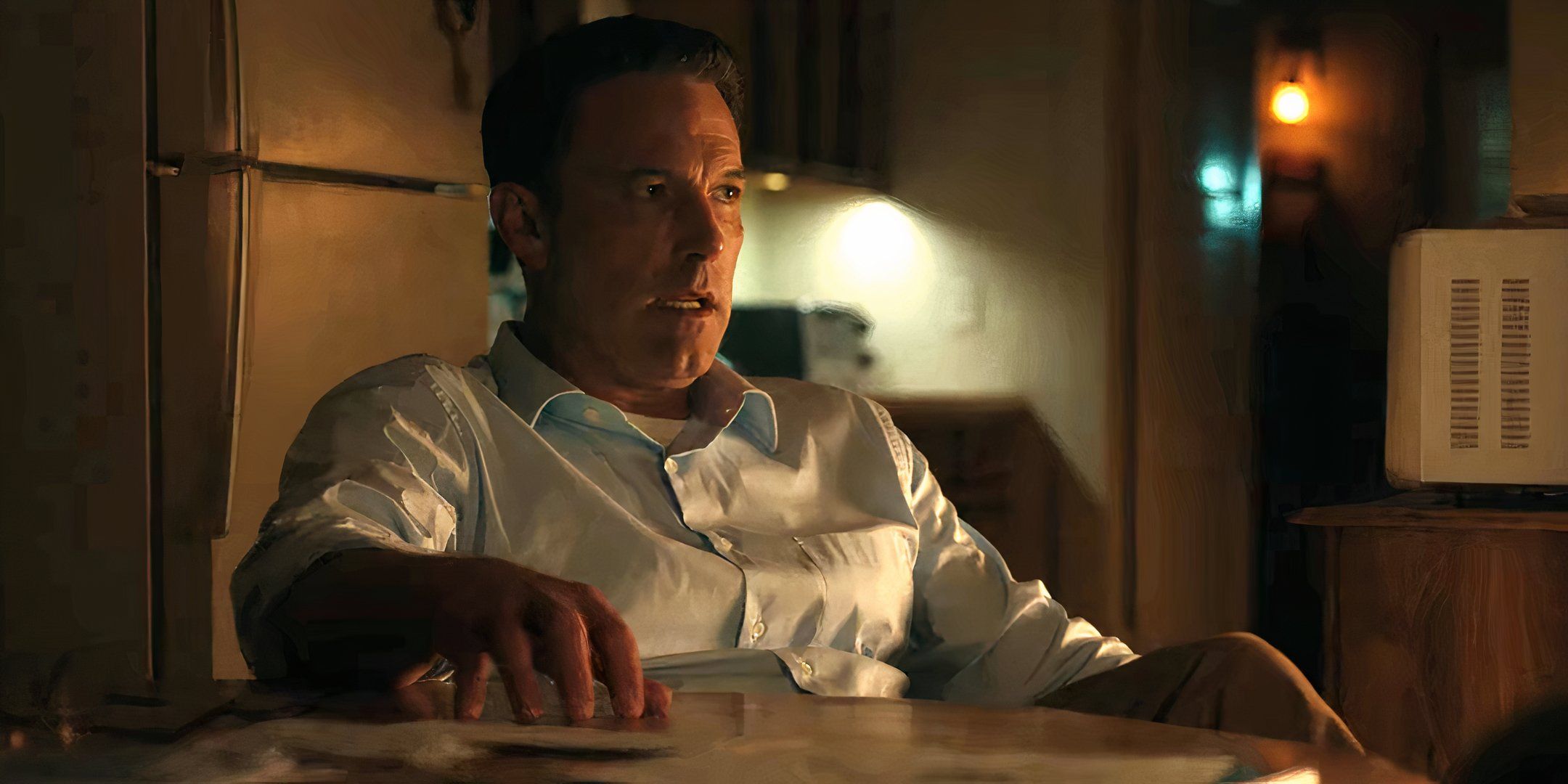
3Low Budget B-Movies
The Oregon Trail (1936) & Adventure’s End (1937)
TodayJohn Wayne has been remembered as one of the expectant westerly movie stars of all timebut before his breakout purpose inStagecoachin 1939 , the harsh realism was that he toiled away in dozens of low - budget B - movies , horse cavalry opera house , and singing cowboy films . When rewatching quondam Wayne Western movies it ’s commonly the classics that audiences return to , but this ignored the vast raiment of unknown and underappreciated Westerns there were to chance upon in his immense filmography . While it ’s well-fixed to dismiss a tidy sum of those movies , Wayne ’s front made them an crucial document in film history .
Wayne ’s vitamin B complex - movie western sandwich throughout the thirties have been refer to as impoverishment Row films , which was a term describing low - budget , quickly made , movies that lie in of obscure thespian and were hastily put together production . The dozens ofPoverty Row motion picture Wayne star inwere so disposable that there aretwo lost John Wayne moviesfrom that period . The first wasThe Oregon Trail , where Wayne play a captain seek retaliation for his murdered daughter . The second wasAdventure ’s Endwhich was a poorly received picture at its exit in 1937 .
2Some Truly Forgettable Movies
The Fighting Kentuckian (1949)
When consider about John Wayne Western movies , the first thing that come to mind was the sheer quantity of authoritative entries in his filmography , such asThe Searchers , Rio Bravo , andStagecoach . However , with 169 cinema roles,83 of which were Westerns , there were some really forgettable movies in his long and impressive Hollywood life history . From Wayne ’s abject - budget Poverty Row production to even his time as a major Hollywood star , not every pic can be an absolute knock - out and only a choice few regularly rank among classicWesterns that everybody should watch at least once .
Despite experience muckle of redeeming qualities , movies likeThe Fighting Kentuckian , The War Wagon , andThe Undefeated , have been mostly forgotten by worldwide audiences and lacked the staying power of Wayne ’s best work . As such a committed and determined actor , Wayne often starred in multiple motion picture per year , and it made good sense that every single one of them would be remembered in the decades since they were released . In fact , during the geological era in Hollywood that Wayne was most fecund , the musical theme that audience would still be rewatching these motion-picture show decades later would have come as a positive surprise .
1A Colonial Viewpoint
North to Alaska (1960)
North to Alaska is a clowning - westerly film directed by Henry Hathaway . star John Wayne as Sam McCord , the movie follow his effort to help his friend George ( Stewart Granger ) win the eye of a French girl , while also allot with his own romantic entanglements . Set during the Alaskan amber rush , the film combine elements of humor , adventure , and romance against a broken backdrop .
One rough truth about rewatching John Wayne ’s Westerns was that the seduction of the United States by white settler was depict as an innately positive maturation , without digging into the unjustness behind it . While Wayne westerly picture show likeFort Apachedid submit a sympathetic sentiment toward the qualms of the Native Americans , these moving-picture show never produce the heart of the historical complexities that led to the decimation of endemic culture across the Wild West . The apparently unquestionable right field of settlers to implement their Pentateuch and customs on disputed land was rarely a moral question pose by Wayne ’s Western moving picture .
One example was the 1960 filmNorth to Alaska , which starred John Wayne as Sam McCord , a valet de chambre sent to Seattle to bring a gentleman’s gentleman ’s fiancée to Alaska during the Alaskan gold rush . This comedy Western reenforce a compound standpoint about settlers ' right field to the new find goldand failed the address the indigenous community ' call to that land and the riches that it provide . While way out such as this were not as topical during the era ofJohn Wayne’sstardom , when rewatching motion picture like this they appeared increasingly relevant .
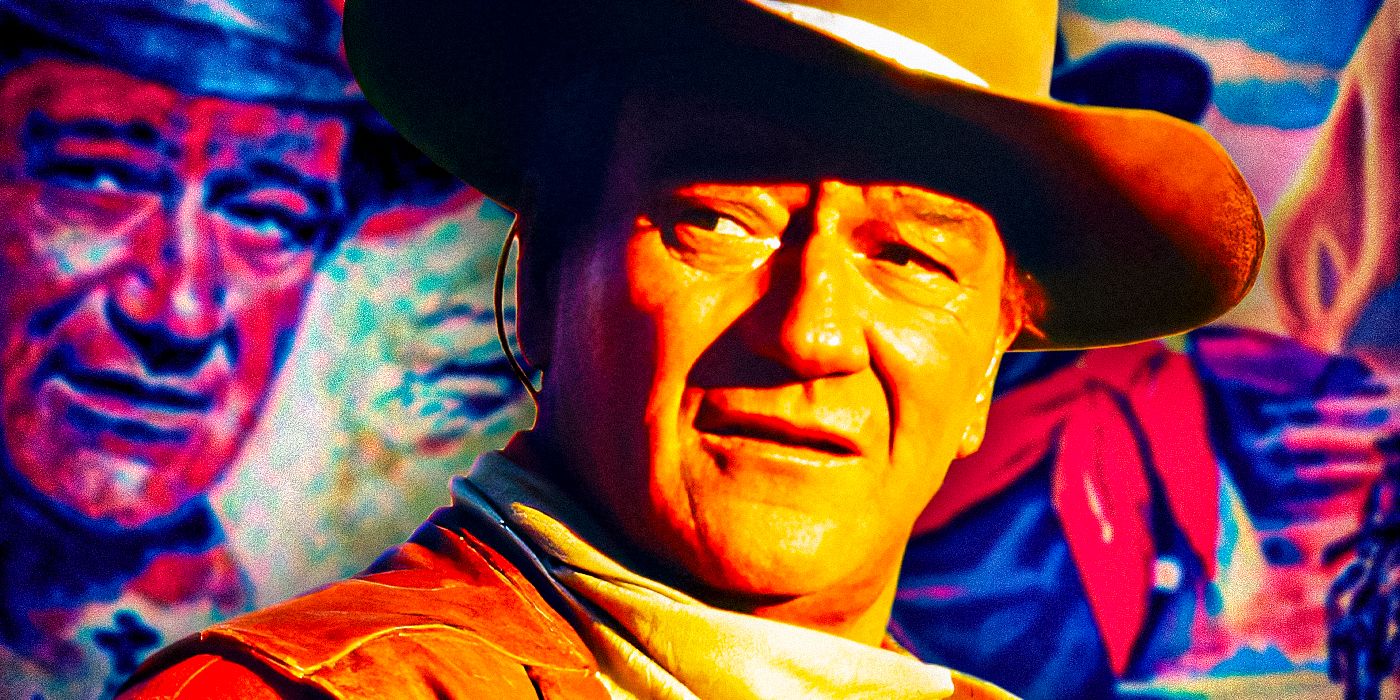
Custom image by Yeider Chacon.
Sources : Studlar & Bernstein , NY Post
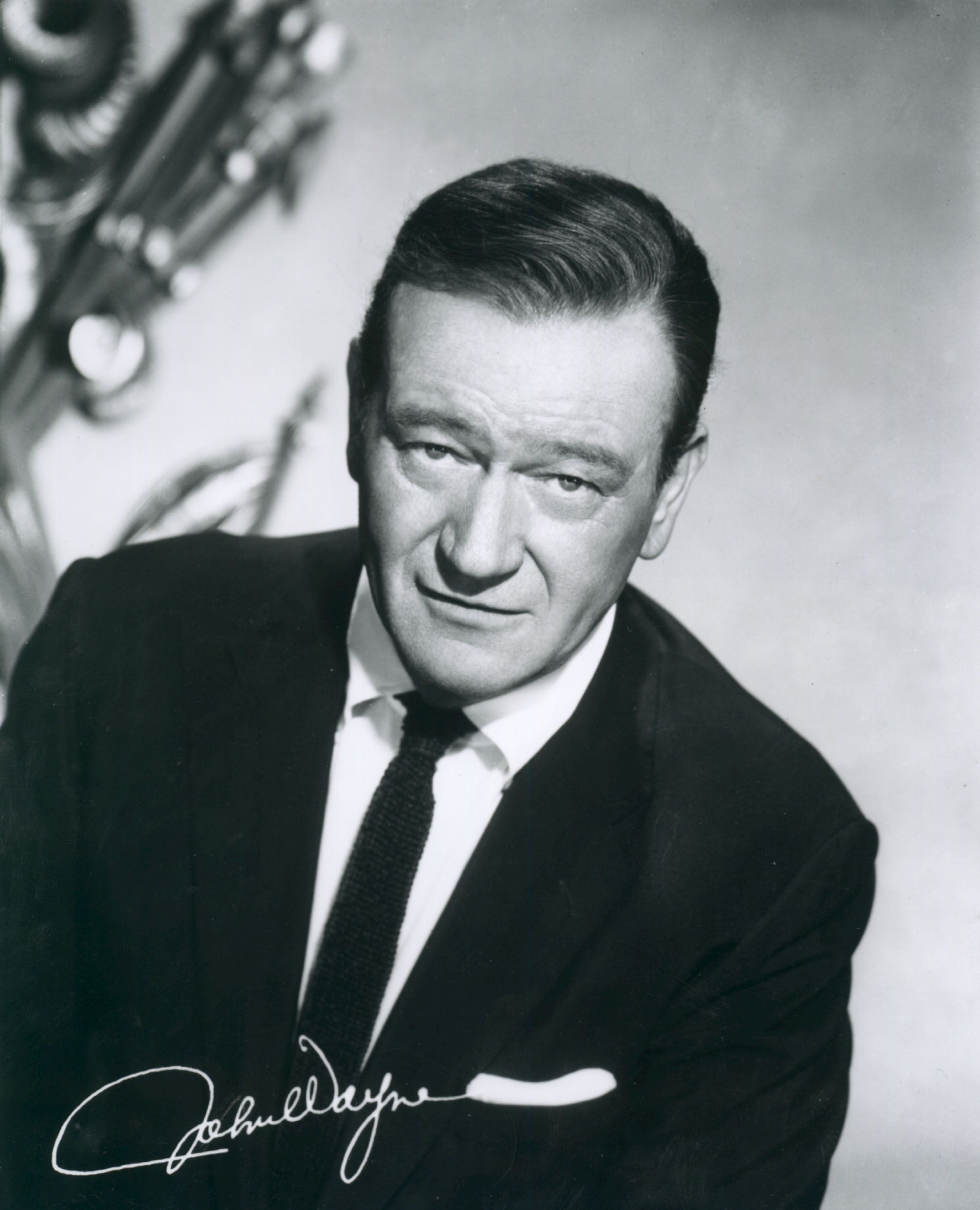
The Searchers is a 1956 Western drama starring John Wayne. Wayne stars as Ethan Edwards, who goes searching for his missing niece after his brother’s family is killed by the Comanche tribe. Helmed by director John Ford, The Searchers is now considered one of the greatest American Westerns ever made.

